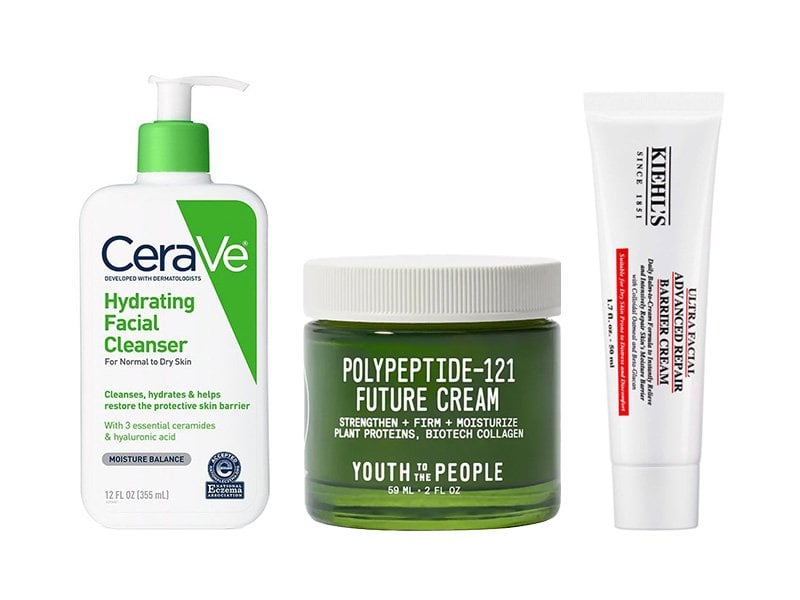Moisture Barrier

Your skin’s moisture barrier is a shield that helps defend against outside factors like smoke, pollution and UV rays. “The outermost layer of our skin, called the stratum corneum, serves as a barrier to loss of body water,” Dr. Jeanne Eyde, a board-certified plastic surgeon based in Michigan, previously told Skincare.com. “Not only is it a barrier to the outflow of water, but it also serves as protection against the entry of perils such as bacteria and allergens from the environment.”
What Happens When Your Moisture Barrier Is Damaged?
If the moisture barrier is compromised, its defenses are weakened, and your skin could bear the brunt of the damage. “Signs of damage to the skin barrier include increased sensitivity such as itching, redness, irritation, breakouts, dryness, tightness, rashes and broken capillaries,” said Dr. Eyde. Your skin’s moisture barrier can become damaged through over-exposure to UV rays, a harsh climate, over-exfoliation and highly acidic skincare products.
How to Maintain Your Skin’s Moisture Barrier
To keep your moisture barrier in optimal condition. It’s important to wear a broad-spectrum sunscreen every day and prioritize gentle, hydrating skincare products. If you suspect your skin barrier is damaged, reach out to a board-certified dermatologist. You may also want to stop exfoliating until your skin is back to a healthy state. Some of our favorite products for repairing the skin’s moisture barrier are the Kiehl’s Ultra Facial Advanced Repair Barrier Cream, which soothes extreme dryness and redness; the CeraVe Hydrating Cleanser, which replenishes skin with much-needed ceramides and the Youth to the People Polypeptide-121 Future Cream, which replenishes moisture for up to 24 hours.





.jpg?cx=0.490000009536743&cy=0.540000021457672&cw=150&ch=120&blr=False&hash=0B0F55675A6B9FE3724F6E2EC9118A01)









.jpg?cx=0.490000009536743&cy=0.540000021457672&cw=150&ch=120&blr=False&hash=5E78490B76BBC8CC9D76D2EBDFF515E0)












